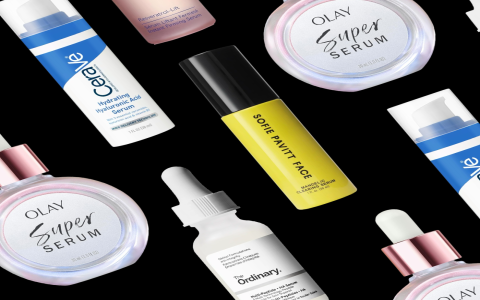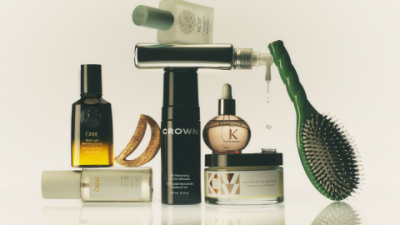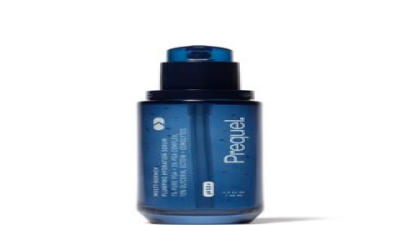Your Ticket to That Coveted Glass Skin Glow
Hey skincare lovers! Ready to unlock the secret to glass skin perfection? If you've been scrolling through TikTok wondering how influencers get that effortless glow-up, lactic acid resurfacing serums might just be your new skincare BFF.
So what's all the hype about? These gentle yet powerful serums are taking the beauty world by storm, promising to transform dull, bumpy skin into smooth, radiant perfection. Unlike harsh scrubs that leave your face feeling like sandpaper, lactic acid works smarter, not harder.
Here's what we'll dive into today:

- The top lactic acid serums that actually deliver results
- Pro tips for choosing your perfect match
- How to avoid common beginner mistakes
- Realistic timeline for seeing that glow-up
- Budget-friendly vs. splurge-worthy options
Whether you're dealing with stubborn texture, post-acne marks, or just want that dewy Korean skincare look, we've got you covered. Let's dive into the world of AHAs and find your holy grail serum!
Lactic Acid 101: The Science Made Simple
What exactly is lactic acid? Think of it as your skin's gentle personal trainer. It encourages old, dull cells to move out while making room for fresh, glowing new ones.
The 3-Step Glow Process:
- Exfoliation: Dissolves dead skin cells without scrubbing
- Hydration: Draws moisture into your skin (hello, plumpness!)
- Stimulation: Encourages faster cell turnover for that youthful bounce
Why Lactic Acid Beats Other AHAs:
It's gentler than glycolic acid, which makes it perfect for sensitive skin types. The larger molecule size means less irritation, plus it has natural humectant properties that give you built-in hydration. And here's the best part - it's suitable for all skin tones with no hyperpigmentation risks.
When it comes to concentration, most effective serums range from 5-12%. If you're new to acids, start with 5-7%, while seasoned skincare enthusiasts can handle 10-12%.
Fun fact: Lactic acid is naturally found in sour milk and fermented foods. Ancient Egyptians used sour milk baths for smoother skin - talk about vintage skincare wisdom!
Top Benefits You'll Notice:
- Smoother skin texture within 2- weeks
- Reduced appearance of fine lines
- Evening out of skin tone
- Minimized pore appearance
- That coveted lit-from-within glow
Ready to meet your new skincare MVP? Let's explore the best options on the market!
Top Lactic Acid Serums That Actually Work
The Ordinary Lactic Acid 10% + HA (Budget Queen) - $8
Why it's trending: This is TikTok's favorite affordable option that doesn't compromise on results.
The good stuff includes 10% lactic acid concentration, added hyaluronic acid for hydration, and it's cruelty-free and vegan. Perfect for building acid tolerance too.
Real talk: Can feel slightly sticky initially, but the results speak for themselves.
Paula's Choice CALM Restoring Gel (Sensitive Skin Hero) - $38
The vibe: Gentle enough for rosacea-prone skin but effective for everyone.

Key features include 1% lactic acid (perfect for beginners), soothing chamomile and green tea, fragrance-free formula, and it's dermatologist-tested.
Sunday Riley Good Genes (The Splurge) - $158
Why people obsess: The Holy Grail status isn't just hype. This one delivers serious results.
What makes it special is the purified lactic acid complex, licorice root for brightening, lemon tea tree for clarifying, and that signature expensive skincare feel.
Glossier Solution (Gen-Z Approved) - $24
The appeal: Minimalist packaging meets maximum effectiveness.
Highlights include a 10% AHA/BHA blend, Instagram-worthy aesthetic, perfect pH balance, and clean beauty certification.
Peter Thomas Roth Un-Wrinkle (Anti-Aging Focus) - $65
Target audience: Anyone serious about prevention and correction.
Power ingredients include 10% lactic acid, peptides for firmness, hyaluronic acid spheres, and clinical-strength formula.
Pixi Glow Tonic (Gateway Drug) - $18
Perfect for: Acid newbies who want gentle introduction.
Why it works: 5% glycolic acid with lactic acid blend, aloe vera for soothing, gentle daily use formula, and a cult following for good reason.
Drunk Elephant T.L.C. Framboos (Advanced Users) - $90
The reputation: Serious results for serious skincare enthusiasts.
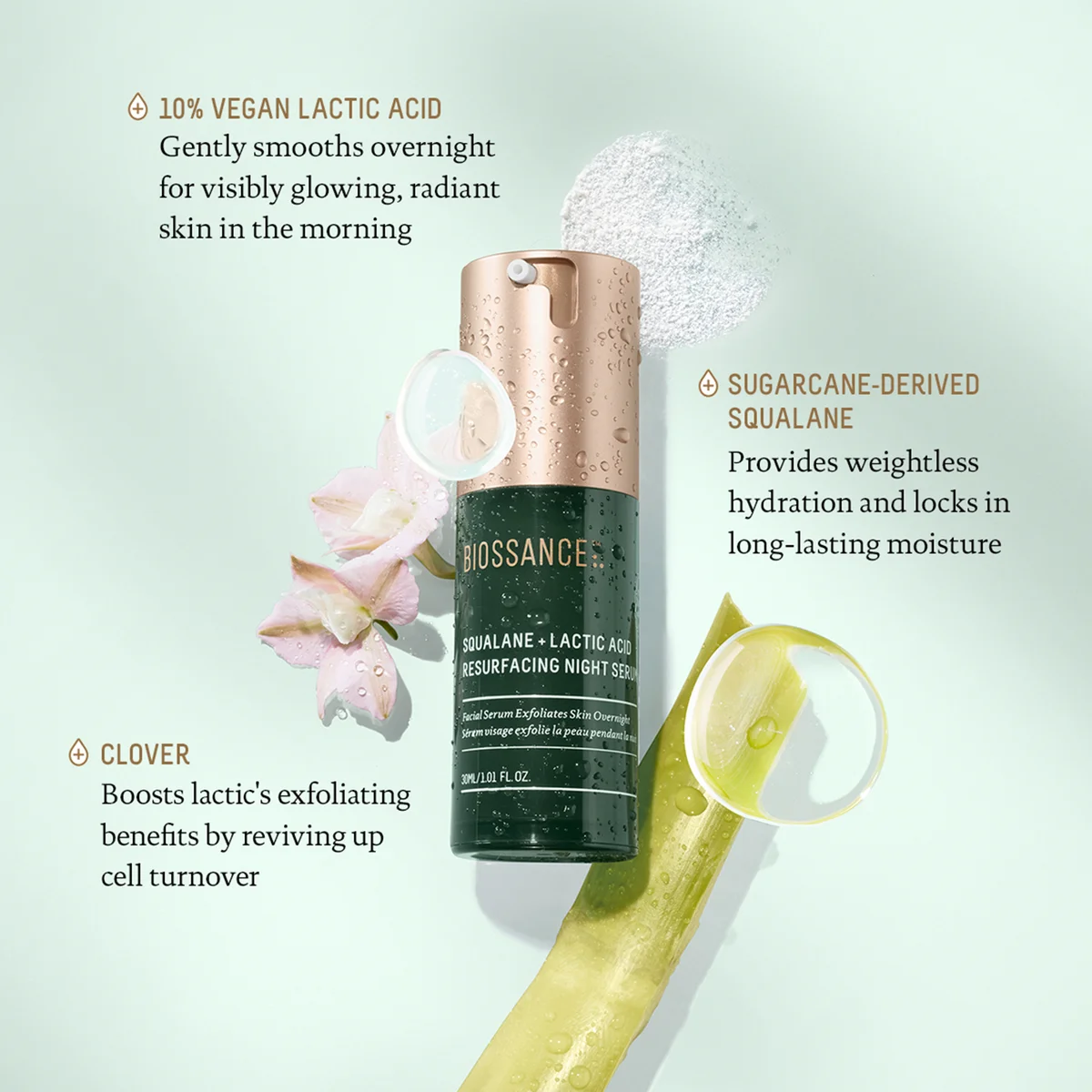
Standout features include 12% AHA/BHA complex, raspberry extract (hence "Framboos"), peptides and ceramides, and professional-grade effectiveness.
How to Choose Your Perfect Match
Step 1: Know Your Skin Type
Oily/Acne-Prone: Look for BHA/AHA combinations like Drunk Elephant or Glossier
Dry/Mature: Focus on hydrating formulas like Sunday Riley or Paula's Choice
Sensitive: Start gentle with Pixi or Paula's Choice CALM
Normal/Combination: You've got options - go with your budget and goals!
Step 2: Set Your Budget Reality Check
- Under $25: The Ordinary, Pixi, Glossier
- $25-$50: Paula's Choice options
- $50-$100: Peter Thomas Roth, Drunk Elephant
- Splurge Territory ($100+): Sunday Riley
Step 3: Consider Your Experience Level
Skincare Newbie (0- months with acids):
Start with 5% concentration or lower, use 2- times per week maximum, and always pair with SPF (non-negotiable!)
Intermediate User ( months - years):
The 7-10% concentration sweet spot works well, you can use 4- times per week, and layer with other gentle actives.
Advanced User (2+ years):
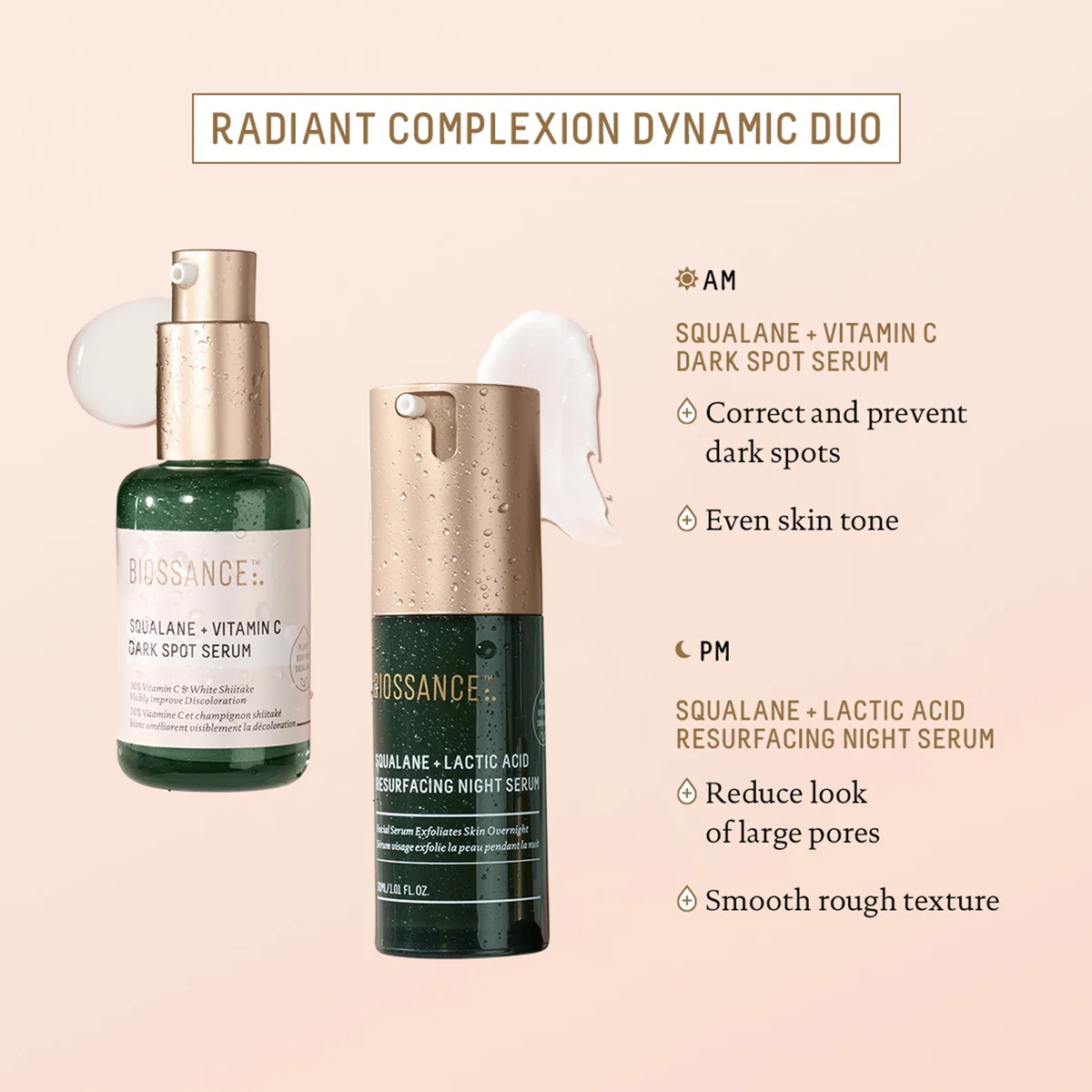
10-12% concentrations are fine, daily use is potential, and you can combine with retinoids (with caution).
Step 4: Check Your Ingredient Compatibility
Avoid mixing with: Vitamin C (use AM/PM split), Retinol (alternate nights), Benzoyl peroxide (separate routines)
Great partners: Hyaluronic acid, Niacinamide, Ceramides, Peptides
Red Flags to Avoid:
Starting with high concentrations, using multiple acids simultaneously, skipping patch tests, and forgetting sunscreen (seriously!).
Your 30-Day Glow-Up Timeline
Week 1: The Adjustment Period
What to expect: Possible mild tingling, slight dryness
Your mantra: "Slow and steady wins the race"
Usage: times per week, evening only
Pro tip: Take before photos - you'll thank yourself later!
Week 2-3: The Purging Phase
Reality check: Some breakouts are normal (it's bringing everything to the surface)
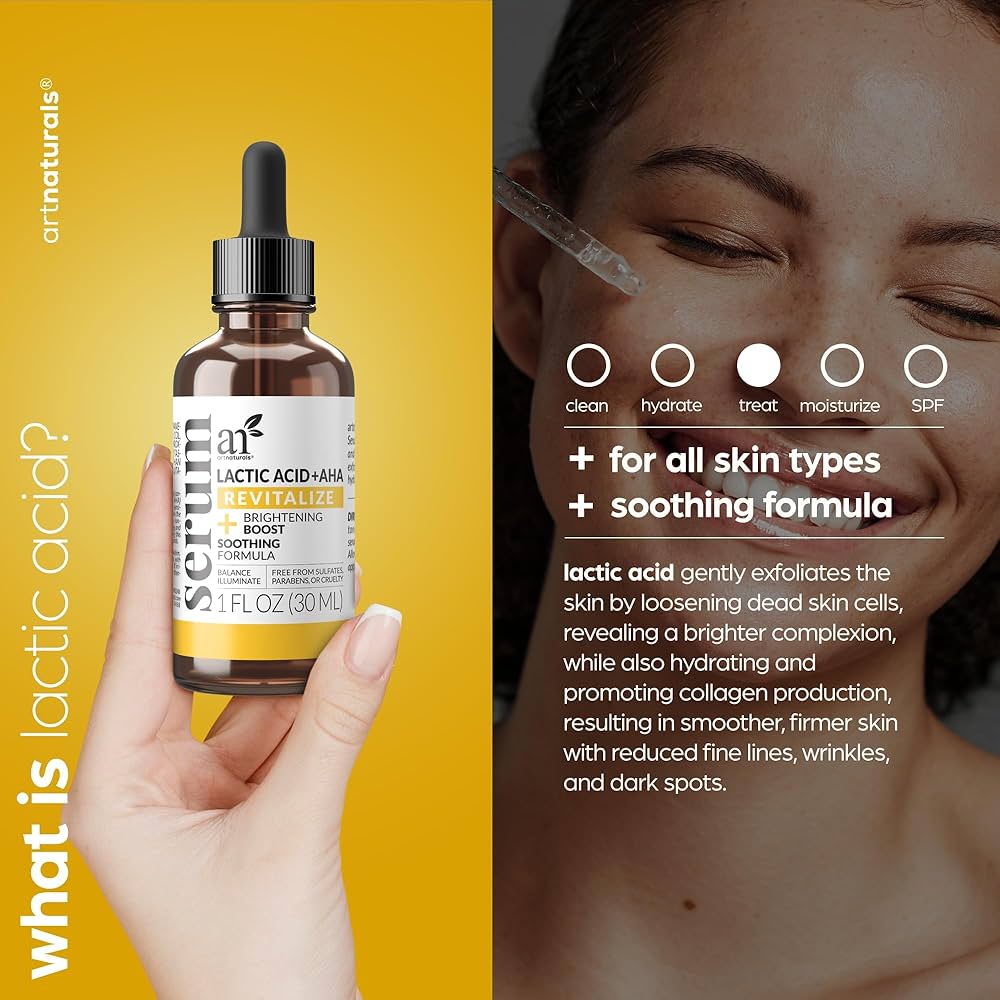
Don't panic: This means it's working!
Usage: Increase to times per week if no irritation
Hydration is key here. Layer with a good moisturizer and hyaluronic acid.
Week 4: The Glow Begins
First results: Smoother texture, subtle brightening
Confidence boost: Your selfie game is about to improve dramatically
Usage: 4- times per week (if tolerated well)
Month 2-3: Full Transformation
Major changes: Significant texture improvement, even skin tone, that glow
Maintenance mode: Find your sweet spot for frequency
Level up: Consider combining with other actives
Remember: Everyone's skin journey is different. Some see results in weeks, others need 6- weeks. Be patient with your skin - it's doing amazing things!

Pro Tips from Skincare Experts
Application Secrets That Actually Matter:
The pH Game: Wait 10- minutes after cleansing before applying lactic acid. Your skin's pH needs to settle for maximum effectiveness.
The Sandwich Method: Cleanse, apply lactic acid serum, wait minutes, layer hydrating serum, moisturize, and always finish with SPF 30+ in the morning.
Start Slow, Win Fast: Week 1- use it times per week, Week 3- bump up to times per week, Month 2+ go for 4- times per week if there's no irritation.
Common Mistakes That Sabotage Results:
Over-exfoliating (more doesn't equal better results), mixing incompatible actives (chemistry matters!), skipping moisturizer (hydration prevents irritation), inconsistent usage (consistency trumps intensity), and no sunscreen (UV damage undoes all your progress).
Insider Tricks:
Try an ice cube massage before application to reduce initial tingling. Apply to slightly damp skin for better absorption. Use a jade roller after application for improved penetration. Keep a skincare journal to track what works.
When to See a Dermatologist:
If you experience severe irritation lasting more than a week, persistent burning or stinging, unusual rash or allergic reactions, or no improvement after months of consistent use.
Bottom line: Your skin is unique - listen to what it tells you!
Budget Breakdown: Drugstore vs. High-End
Drugstore Heroes (Under $25)
The Ordinary Lactic Acid 10% + HA - $8
Cost per use: About $0.13, lasts 3- months with regular use
Verdict: Unbeatable value, clinical-grade ingredients
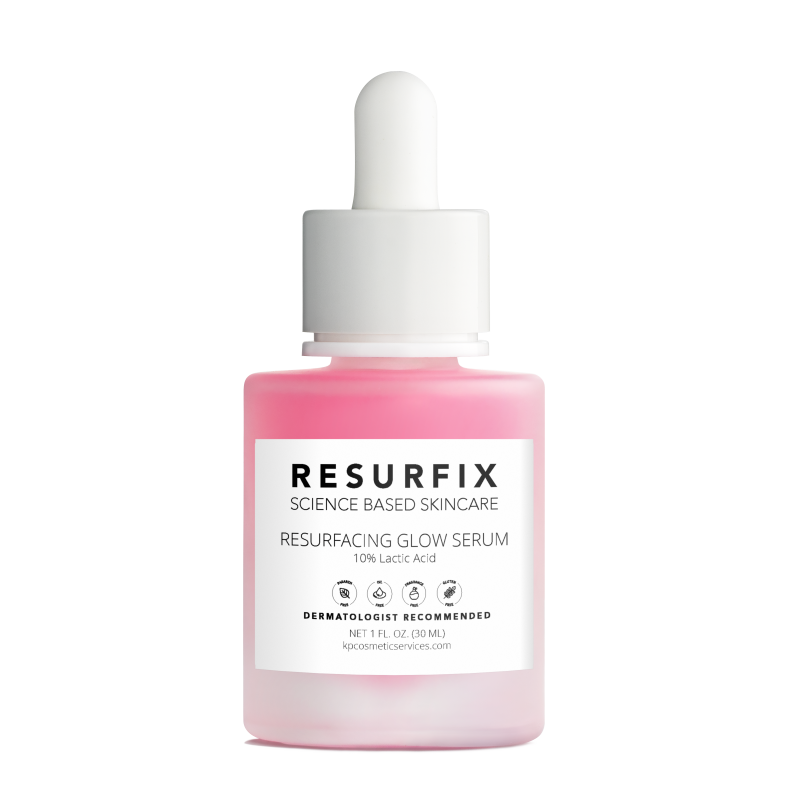
Pixi Glow Tonic - $18
Cost per use: $0.18, lasts 2- months
Verdict: Perfect starter acid with cult following
Mid-Range MVPs ($25-$75)
Paula's Choice CALM - $38
Cost per use: $0.38, lasts 2- months
Verdict: Worth it for sensitive skin types
Glossier Solution - $24
Cost per use: $0.32, lasts 2. months
Verdict: Aesthetic goals meet effectiveness
Luxury Splurges ($75+)
Sunday Riley Good Genes - $158
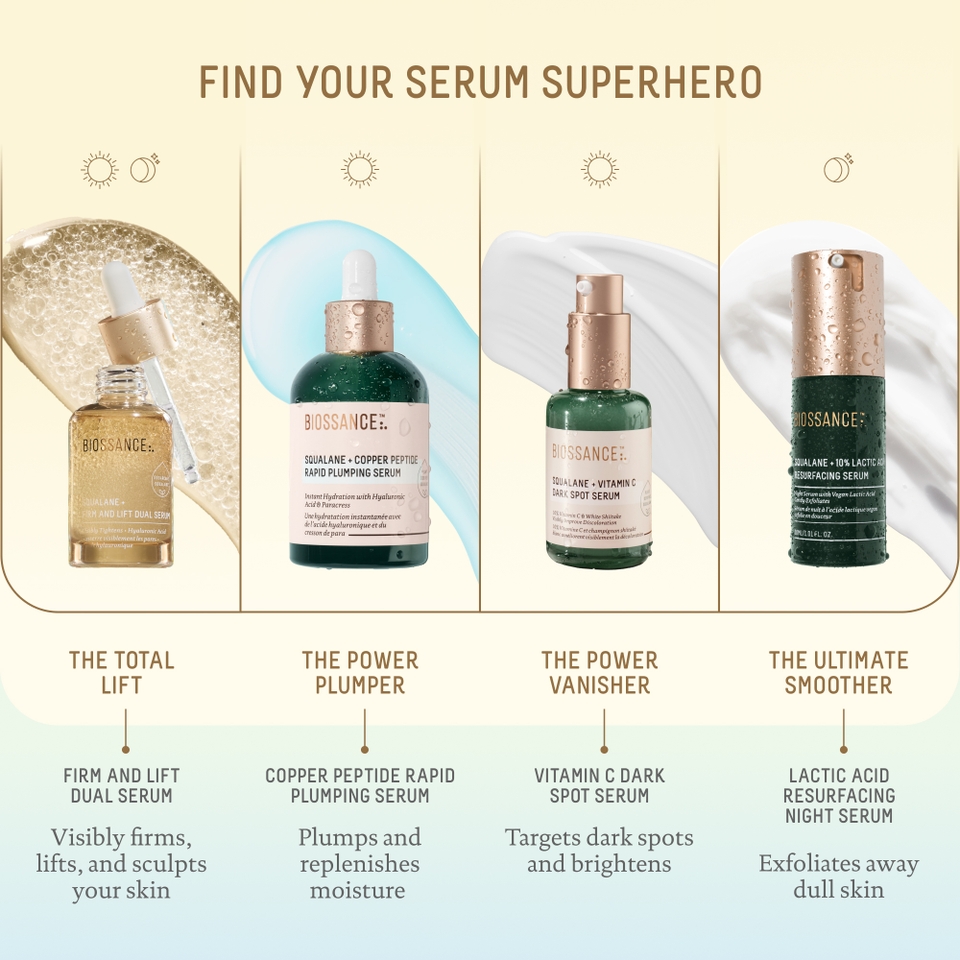
Cost per use: $1.58, lasts 3- months
Verdict: Premium experience with proven results
Drunk Elephant T.L.C. Framboos - $90
Cost per use: $1.13, lasts 2.5- months
Verdict: Professional-strength for serious users
Real Talk: Is Expensive Always Better?
Short answer: Not necessarily!
The truth is drugstore options often contain the same active ingredients. You're paying for elegant textures and packaging, additional beneficial ingredients, research and development, and brand prestige.
Smart shopping tip: Start affordable, upgrade if you want enhanced experience or specific concerns addressed.
Safety First: Side Effects & How to Handle Them
Normal Reactions (Don't Panic!):
- Mild tingling for first 5- minutes
- Slight dryness during first weeks
- Initial purging of existing congestion
- Temporary skin sensitivity
Red Alert Signs (Stop Use Immediately!):
- Severe burning or stinging
- Persistent redness lasting 24+ hours
- Hives or allergic reactions
- Excessive peeling or raw skin
Damage Control Strategies:
For Mild Irritation: Reduce frequency to once per week, buffer with moisturizer before application, use shorter contact time (start with minutes), and focus on hydrating, soothing ingredients.
For Overexfoliation Recovery: Stop all actives immediately, use gentle cleanser only, apply heavy moisturizer and healing ointments, use SPF 50+ religiously, and consider seeing a dermatologist.

Prevention Tips:
Always patch test on inner arm first, start with lowest concentration available, never use on broken or irritated skin, avoid eye area completely, and sun protection is non-negotiable.
Remember: Your skin barrier is precious - treat it with respect and it'll reward you with that coveted healthy glow!
